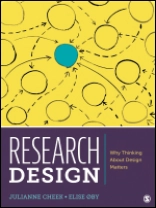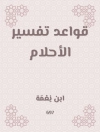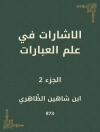Designing research is about making decisions to transform an idea into a plan that can provide answers to a research problem or question. Thinking about, and then making these decisions results in the research design – the plan that will be followed to conduct the research and answer the question. This text engages in a dialogue with the reader, providing a serious but accessible introduction to research design, for use as a guide when designing your own research or when reading the research of others.
Julianne Cheek and Elise Øby show that designing research is an iterative and reflexive process in which there is constant thinking through, and re-visiting of, decisions about that design as it develops. They use a variety of pedagogical devices throughout the book including
Tip; Activity; and Putting it into Practice boxes to emphasize specific points and encourage readers to think about the practical implications of what they have learned.
Jadual kandungan
Chapter 1 – Research Design: What You Need to Think About and Why
Chapter 2 – Ethical Issues in Research Design
Chapter 3 – Developing Your Research Questions
Chapter 4 – Why Methodology Matters When Designing Research
Chapter 5 – Qualitative and Quantitative Approaches to Designing Research
Chapter 6 – Obtaining Data Using Qualitative Approaches
Chapter 7 – Analyzing and Interpreting Qualitative Data
Chapter 8 – Foundational Design Issues When Using Quantitative Methods
Chapter 9 – Collecting Data Using Quantiative Methods
Chapter 10 – Designing Research Using Mixed Methods
Chapter 11 – Why Knowing and Declaring Your Research Design Hand Matters
Mengenai Pengarang
Elise ∅by is an associate professor at Kristiania University College, Norway. She holds a Ph D in mathematics and a master’s degree in organization and leadership. Her Masters study employed qualitative research. She has held academic positions in multiple universities and colleges in Norway. She has also worked in public administration and held a management position at a university college. She started her academic career teaching mathematics and statistics across a variety of study programs including teacher education, finance, and business administration. Her teaching experience also includes courses in mathematics and physics taken by engineering students. In engineering, statistics (and therefore mathematics) are considered a tool more than the issue of interest in itself. Using mathematics and statistics as tools to learn about how the world works and how to make decisions based on empirical data collected from and about that world, rather than as procedures to solve constructed mathematical/statistical problems, sparked her interest in the field of research design and research methods in the social sciences. Her current teaching includes courses in research design, quantitative methods, and qualitative methods. She has an interest in enabling students and researchers to design research in such a way that the findings from that research is credible, reliable, trustworthy, and defensible.












